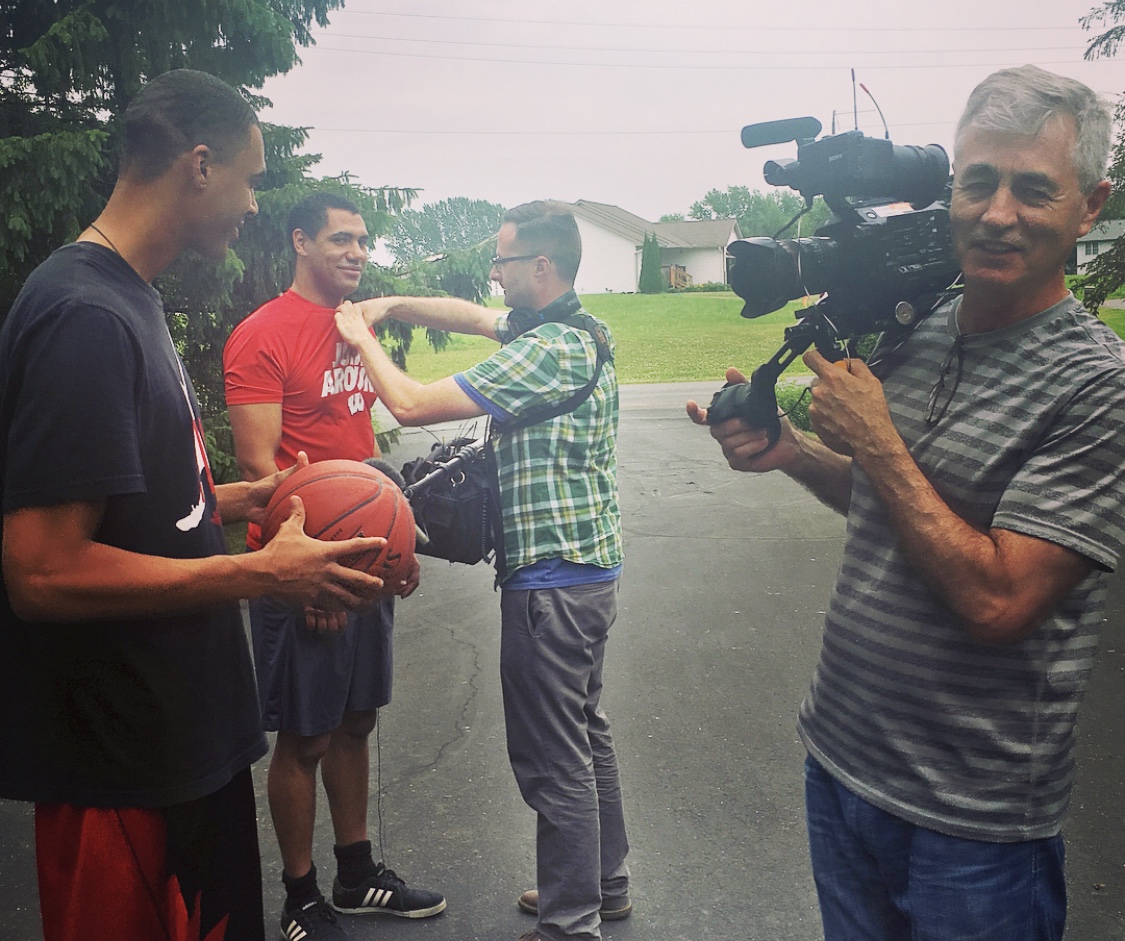
The Rationale:
My idol Dr. Ladson-Billings (1995) states that “students must develop a broader sociopolitical consciousness that allows them to critique the cultural norms, values, mores, and institutions that produce and maintain social inequities” (p. 162). These understandings can provide critical awareness of how race and minoritized peoples are socially constructed, and that without explicit discussion of how racist ideologies function, the inequities we see will continue to seem “normal,” putting the blame on people of color instead of an inherently racist system. This lesson helps make the invisible racist ideologies visible, and this consciousness allows students to better understand the personal impact of the pervasiveness of racism.
I learned this activity when I was organizing at UW-Madison as a part of the Diversity Committee of the student government. It was powerful for me then, and even more once I have done it with adults and my senior students.
The Clip from America to Me
Here is the clip as seen from Starz’s 10 part docuseries America to Me (Teachers, did you know thanks to Participant Media you can watch this for free until the end of the summer? Click here). I appreciate that there is a clear parallel between my own life (feeling important and full of agency in the classroom) and my treatment in the school (powerless with no agency) and the idea of our own sense of selves versus society’s stereotypes.
Note: it is most teacher’s nightmares to have to spell in front of their classrooms, and that fear is exacerbated when on national television. That dang “h”–I can assure you know I know how to spell “ghetto.” However, with trying to spell incredibly quickly and a camera in my face, I panicked. I committed, but in panic. It was important for me to note that I know how to spell the word 🙂
Materials
* Large pieces of butcher paper cut into rectangles with tape or sticky easel pad paper
*Optional handout
*Poster Markers or Sharpies
*Colorful printing labels


